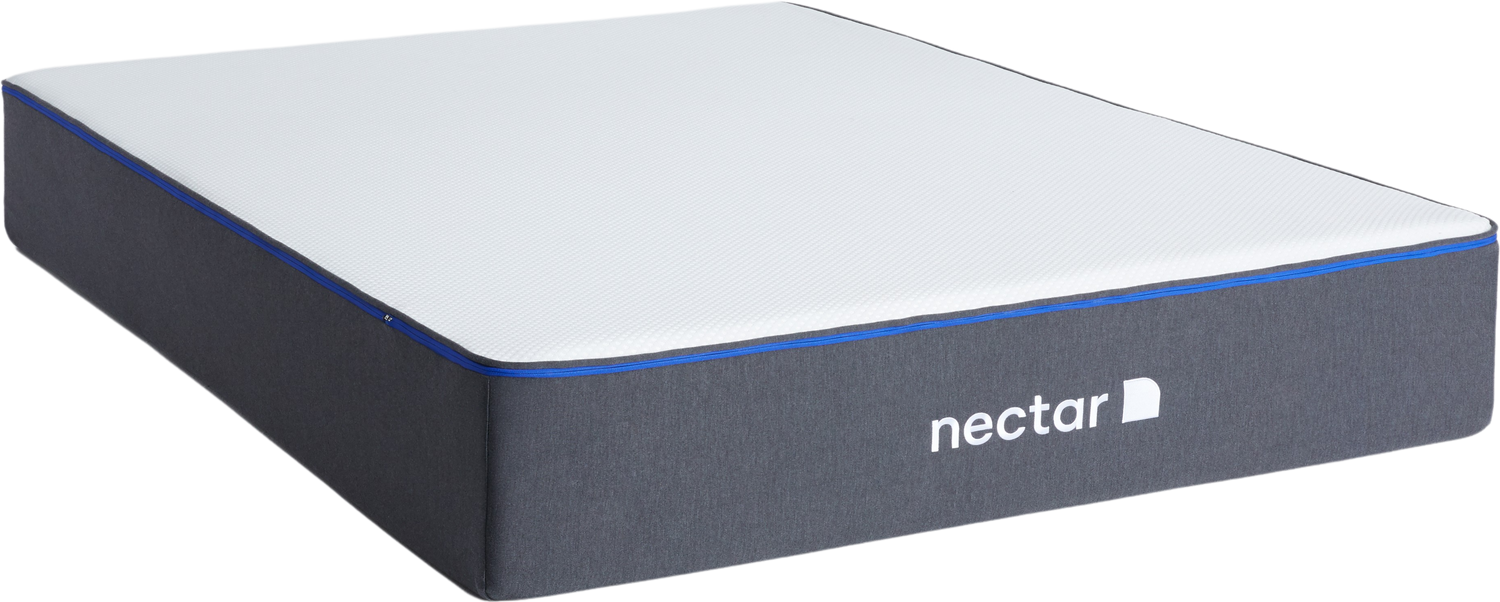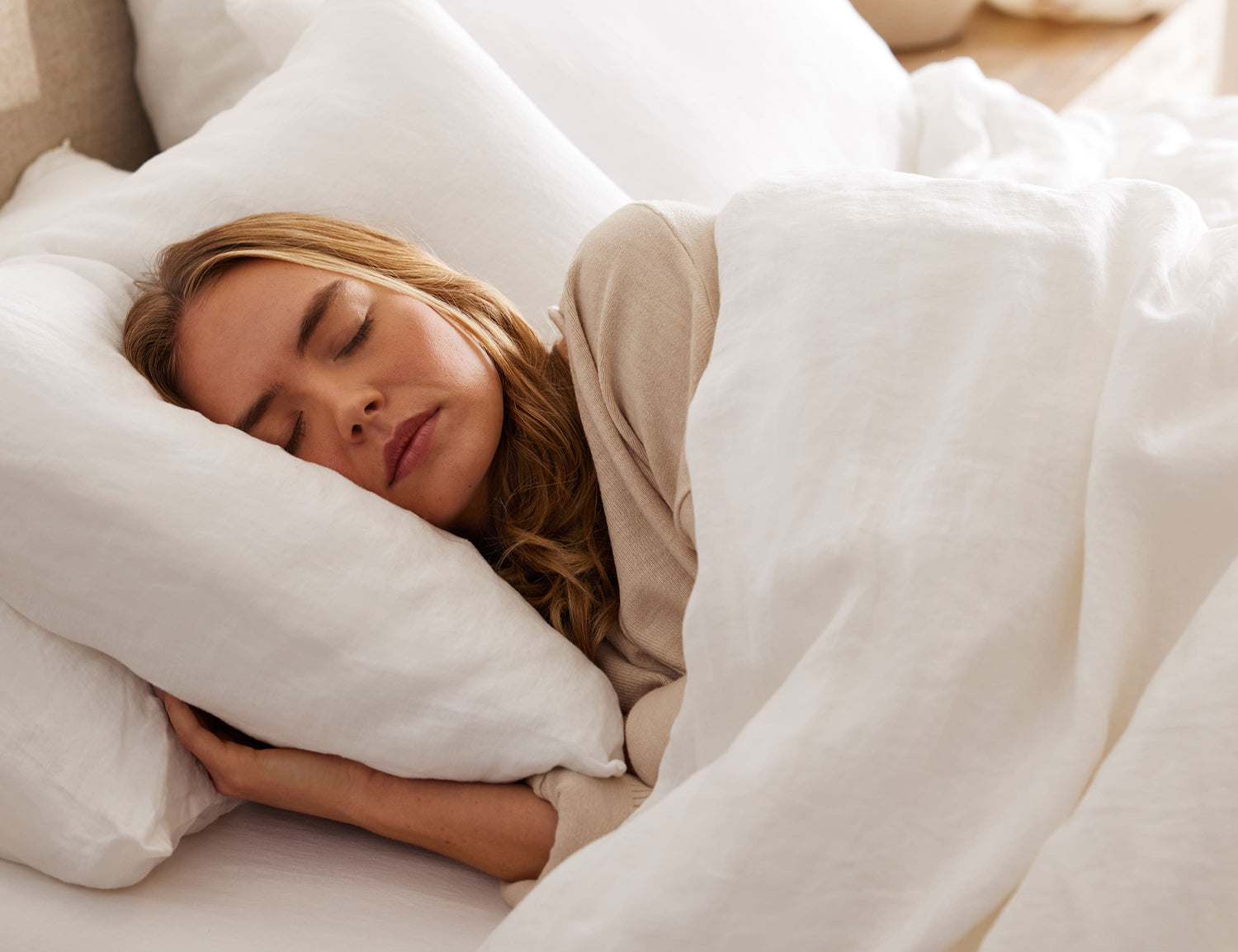Spot the Signs: Common Symptoms of Sleep apnoea
If any of these sound familiar, it might be time to talk to a doctor:
-
Loud, persistent snoring
-
Gasping or choking sounds during sleep
-
Morning headaches
-
Waking up with a dry mouth
-
Feeling tired or sleepy throughout the day
-
Trouble concentrating
-
Irritability or mood swings
-
Waking up multiple times during the night
Who’s Most at Risk?
Some people are more likely to develop sleep apnoea than others. Here are a few factors that could increase your risk:
-
Carrying extra weight – A BMI of 25 or above increases your chances; a BMI of 30 or higher is considered obese.
-
Middle age – While anyone can get sleep apnoea, it’s most common in people aged 40 to 60.
-
High blood pressure – Sleep apnoea can contribute to hypertension, putting extra strain on your heart.
-
Thicker necks – A larger neck can make the airway narrower, which makes blockages more likely.
-
Family history – If someone in your family has sleep apnoea, your chances go up.
-
Being male – Men are more likely to develop central sleep apnoea, although women’s risk rises post-menopause.
Let’s Break Down the 3 Types of Sleep Apnoea
Not all sleep apnoea is created equal. Here’s a closer look at the three types:
1. Obstructive Sleep Apnoea (OSA)
This is the most common type. It happens when your upper airway gets partially or fully blocked while you sleep. Usually, this is due to relaxed throat muscles, which let your tongue or fatty tissue fall back and block the airway. Sometimes it’s caused by enlarged tonsils or adenoids.
When the airway is blocked, oxygen can’t get to your brain. So your brain briefly wakes you up so you’ll start breathing again. These wake-ups may be so quick you don’t even remember them—but they totally disrupt your sleep cycle.
Common signs of OSA include:
-
Loud, chronic snoring
-
Restless sleep
-
Daytime fatigue
-
Morning headaches
-
Feeling irritable or down
2. Central Sleep Apnoea (CSA)
CSA is a little different. In this case, your brain doesn’t send the proper signals to the muscles that control your breathing. So, even though your airway isn’t blocked, you stop breathing because your brain hasn’t told your body to inhale.
Symptoms of central sleep apnoea:
-
Shortness of breath at night
-
Chronic tiredness
-
Irregular breathing patterns
-
Trouble concentrating
-
Mood changes
-
Snoring (yes, it can still happen!)
-
Restless or poor sleep
3. Complex or Mixed Sleep Apnoea
This one’s a combination of both obstructive and central sleep apnoea. It was only identified fairly recently—back in 2006 by researchers at the Mayo Clinic. Often, it’s noticed in people who are being treated for OSA but start showing signs of central sleep apnoea during their therapy.
How Is Sleep Apnoea Diagnosed?
If you think you might have sleep apnoea, your first step should be to see a sleep specialist. They’ll ask about your symptoms, sleeping habits, and overall health history.
They may recommend a sleep study—also called a polysomnogram—which monitors your breathing, heart rate, and oxygen levels while you sleep.
Other common tests might include:
-
MSLT (Multiple Sleep Latency Test) – Measures how quickly you fall asleep in a quiet environment.
-
MWT (Maintenance of Wakefulness Test) – Evaluates how well you can stay awake during the day.
-
Epworth Sleepiness Scale – A quick quiz to measure daytime drowsiness.
-
Overnight oximetry – Tracks your oxygen levels during sleep.
-
Sleep log – A daily journal of your sleep habits and how you feel each day.
In some cases, especially in children, a doctor may look at the size of the tonsils or adenoids and recommend removal if they’re the root of the problem.
What Can Be Done? Treatment Options for Sleep Apnoea
The good news: there are treatments—and they can be life-changing.
You might have to try a few things to figure out what works best for you, but here are some of the most common treatment options:
CPAP (Continuous Positive Airway Pressure)
This is one of the most common treatments. A CPAP machine uses a mask to deliver steady air pressure, keeping your airway open while you sleep.
BiPAP (Bilevel Positive Airway Pressure)
Similar to CPAP, but with different pressure levels for inhaling and exhaling. This can feel more natural for some people.
Chinstrap
Helps keep your mouth closed during sleep, reducing the air turbulence that causes snoring. Often used with CPAP machines.
Dental Devices
Custom mouthpieces made by specialised dentists can help keep your airway open by adjusting your jaw or tongue position.
Surgery
If physical issues are causing your sleep apnoea—like a deviated septum, enlarged tonsils, or jaw alignment problems—surgery might be an option. Procedures like uvulopalatopharyngoplasty or jaw realignment can make a big difference.
Natural Remedies for Sleep Apnoea Symptoms
In addition to medical treatments, some people find relief with home remedies—especially for milder cases or as a supplement to traditional therapies.
Here are a few you might want to try:
Honey
A natural anti-inflammatory that may reduce swelling in your throat and help you breathe easier at night.
Garlic
Chewing a few cloves a day (or just adding more to your meals) may reduce inflammation and support better breathing.
Peppermint
The cooling effect of peppermint oil may help open your airway. Try diffusing it in your room or placing a few drops on your pillow.
Warm Turmeric Milk
Turmeric fights inflammation, and warm milk helps you wind down. A teaspoon of turmeric in a cup of milk before bed might help calm your airway.
Almonds
They’re rich in magnesium, which helps muscles relax—including those in your throat.
Chamomile Tea
A relaxing herbal tea that can help soothe nerves and relax muscles, helping you drift off more easily.
Lose Excess Weight
Carrying extra weight—especially around your neck—can narrow your airway. Losing even a small amount can make a difference.
Try a New Sleeping Position
Sleeping on your back? That could be making things worse. Try sleeping on your side—especially your left—as it supports blood flow and reduces airway obstruction. Even something as simple as extra pillows or an adjustable bed base can help.
Final Thoughts
Sleep apnoea is more than just snoring—it’s a serious condition that can affect your health, energy, mood, and quality of life. The good news? You don’t have to suffer in silence. Whether it’s using a CPAP machine, trying natural remedies, or simply changing how you sleep, there are options.
If anything here sounds familiar, don’t wait—speak to a sleep specialist. Getting the right treatment can be a total game-changer for your nights and your days.
This blog post is for informational purposes only and does not constitute medical advice. If you have concerns about your sleep, health, or wellbeing, please consult your GP or a qualified healthcare professional. The views expressed in this post are those of the author and are intended to share general insights, not to diagnose or treat any condition.




